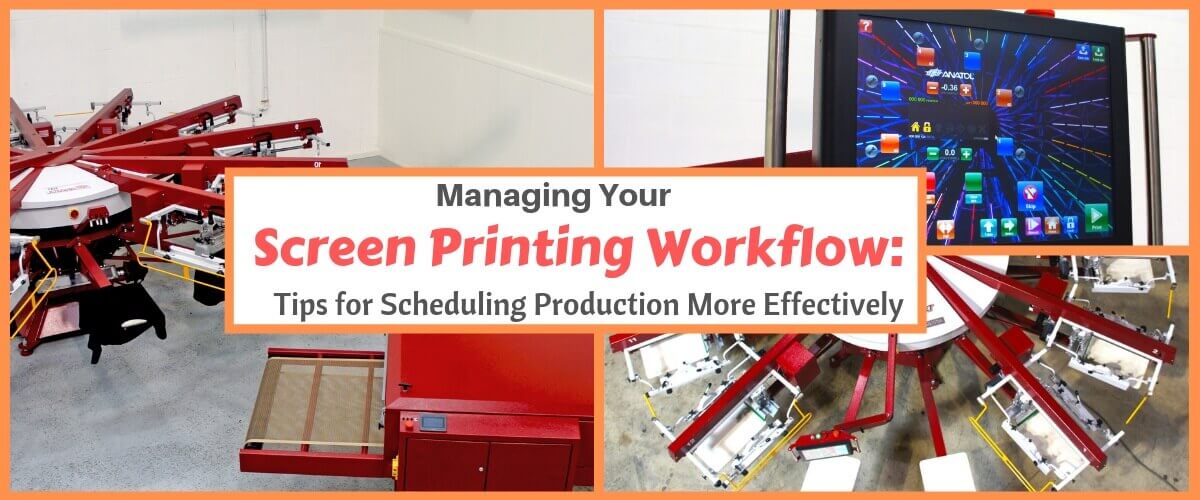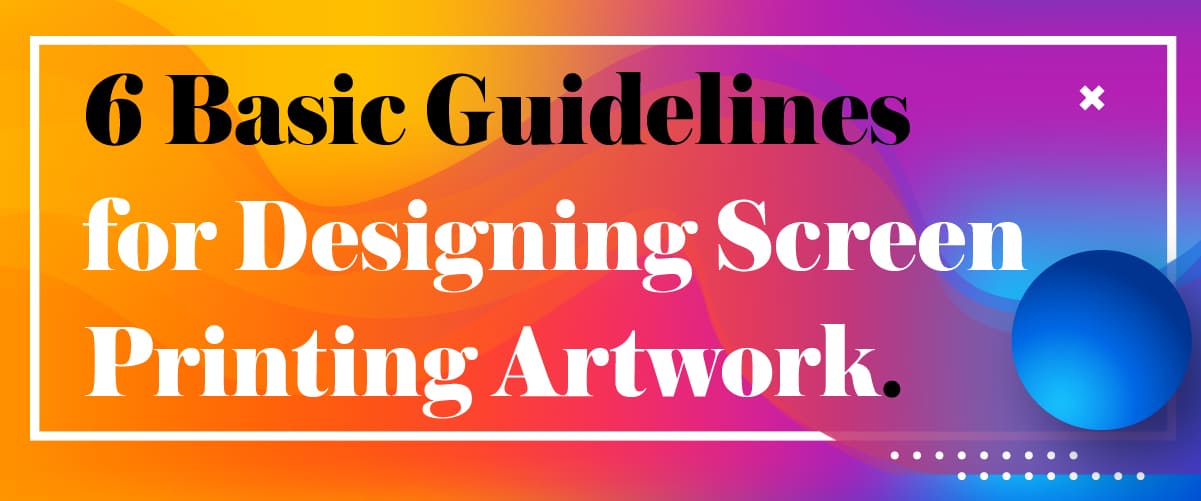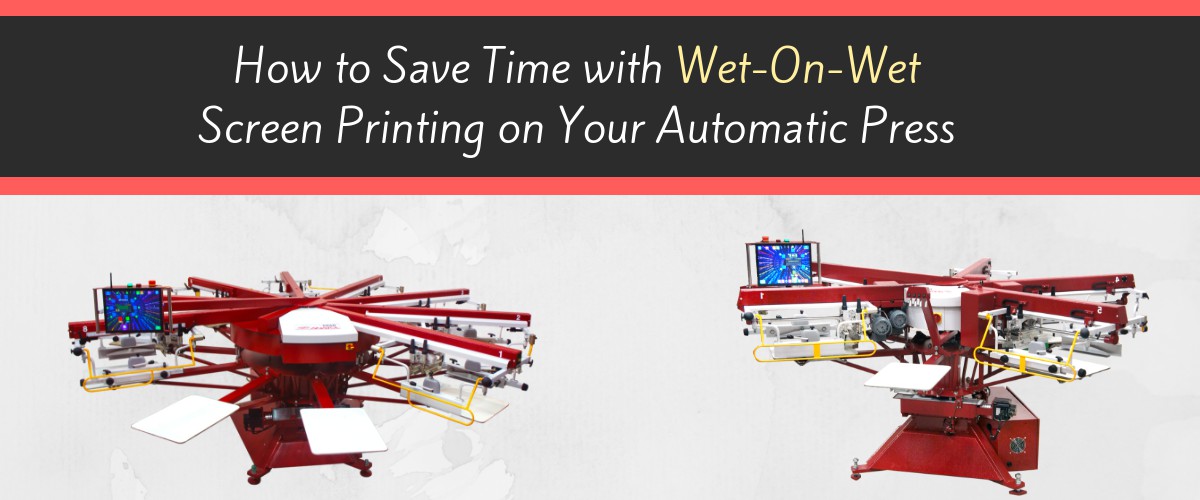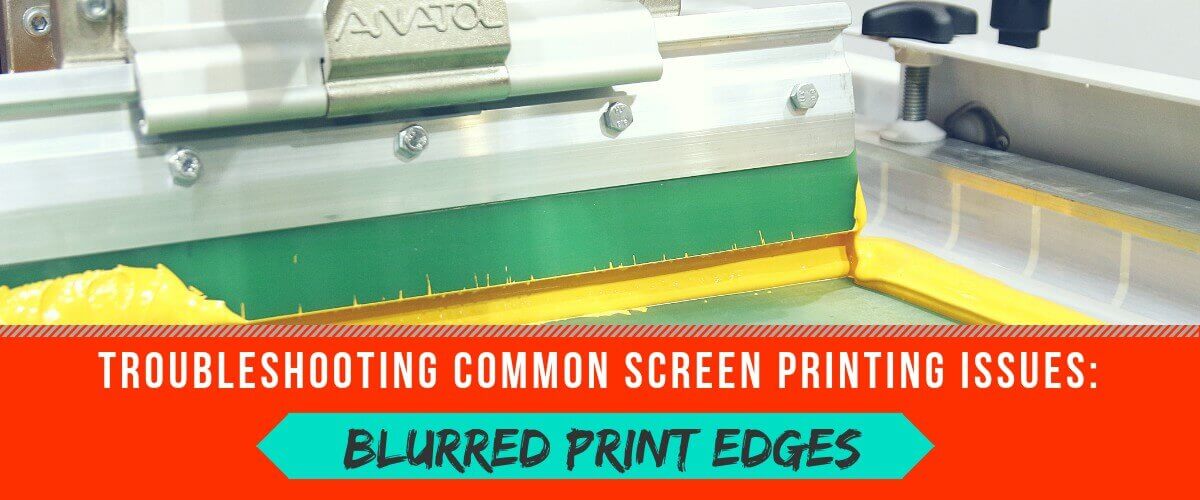

Революция в индустрии трафаретной печати благодаря передовым технологиям и качественному обслуживанию
Anatol Equipment Manufacturing Co.
1429 S Shields Dr
Waukegan, IL 60085


Революция в индустрии трафаретной печати благодаря передовым технологиям и качественному обслуживанию
Anatol Equipment Manufacturing Co.
1429 S Shields Dr
Waukegan, IL 60085

Screen printing is a competitive industry, so it’s important to always be on the lookout for ways to separate your business from the pack. It’s hard to attract new customers (and retain existing ones) if you can’t catch their eye…and giving glitter ink a try can help you do just that!
Читать далее
Many screen printers struggle to keep their production running on schedule to meet the delivery dates they set for their customers. Too often, shops find themselves scrambling to meet the final deadline, which can lead to staff overtime and plenty of stress. Even worse, if you don’t deliver when you say you will, you risk […]
Читать далее
Screen printing on short sleeves, down the arm of a long-sleeve shirt or down the leg of sweatpants or yoga pants can be a fun option for your screen printing customers to customize their apparel. This type of screen printing is perfectly attainable and relatively easy, though it does take a few tips and tricks […]
Читать далее
Printing for sports — whether it’s local athletic teams or 5Ks and triathlons — is the bread and butter for many screen printing shops. If printing for athletic teams and events comprises a lot of your business, you need to be prepared to make the most of it. Many athletic teams or athletic event organizers […]
Читать далее
There certainly are graphic designers who get into screen printing as a way to turn their artwork into fun, wearable and profitable products. Most screen printers, however, don’t start out with a strong graphic design background. They learn the design basics and hone their skills as they grow, becoming more adventurous and advanced as they […]
Читать далее
Today’s screen printing shops are filled with advanced technology and sophisticated screen printing equipment. You separate your colors on computers and make your stencils with top-quality HD machines. You can find inks custom formulated to achieve just about any desired effect, and oftentimes, prints are laid down by automatic presses. You flash cure with high-powered […]
Читать далее
January and February tend to bring a lull in the screen printing business, following the busy holiday season. With your screen printing equipment quieting down, this time of year offers the perfect opportunity to consider the screen printing and garment decoration trends for the year ahead. This way, you will be ready to meet customers’ […]
Читать далее
Have you set your new year’s resolutions yet? Many people use this time of year to evaluate and set goals in their personal lives; the new year also provides owners with the perfect reminder to evaluate their businesses, set goals and strategies for the coming year and tackle projects that often fall by the wayside. […]
Читать далее
Most screen printers are looking for ways to increase production speed while maintaining quality. Printing wet-on-wet allows you to do just that! With wet-on-wet screen printing, you don’t have to add minutes to your production time by flashing in between each color. Wet-on-wet screen printing with an automatic screen printing press can provide some challenges. […]
Читать далее
Problems with your screen printing emulsion can be especially frustrating: You can’t turn out a good print if you have any problems with your screen’s emulsion or exposure. In a previous blog, we covered some common exposure problems and how to troubleshoot them. If you are still struggling to create, expose and reclaim screens, here are […]
Читать далее
How much ink you lay down on your screen prints will depend on your individual print job and your substrate. Too much ink on your substrate can lead to prints that bleed beyond the stencil edge, soak through the substrate or fail to cure completely. Too little ink can make the print too light, affect […]
Читать далее
Mastering screen printing doesn’t mean turning out perfect screen prints every time. It does mean knowing what to do when prints don’t turn out quite the way you want them to. One common problem to troubleshoot is an uneven ink edge. When something is off in your screen printing process, the edges of your ink […]
Читать далееYour message was successfully sent!